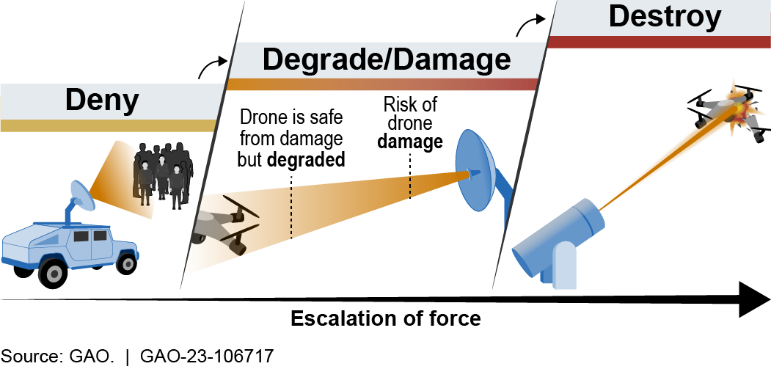Context:
Recently, India has successfully tested a cutting-edge Directed Energy Weapon (DEW), marking a major stride in the country's defense technology capabilities. The Defence Research and Development Organisation (DRDO) recently conducted a live trial of its Mk-II(A) Laser-DEW system at the National Open Air Range (NOAR) in Kurnool district, Andhra Pradesh.
This successful test places India among a selected group of nations—including the United States, China, and Russia—that possess operational laser-based weaponry, signalling a transformative shift in the nature of future warfare.
Key Features of the Laser-DEW System
- High-Energy Laser Beam: At the heart of the system is a powerful 30-kilowatt laser, capable of disabling and destroying fixed-wing drones, swarm drones, and smaller airborne projectiles.
- Speed-of-Light Engagement: The laser weapon delivers destructive force instantaneously, ensuring rapid target neutralization.
- Pinpoint Precision: The system can accurately track and destroy small, fast-moving targets with minimal margin for error.
- Economical Operation: Firing the laser for a few seconds costs about the same as a couple of litres of petrol—a fraction of the cost compared to traditional interceptors or missiles.
How the Laser-DEW System Works
The DEW system is designed to detect, track, and neutralize aerial threats with minimal human intervention:
1. Detection: Targets are detected using advanced radar systems or the inbuilt Electro Optic (EO) sensors.
2. Engagement: Once locked on, the laser emits a concentrated beam of energy that burns through the target’s structure, leading to its disintegration or critical failure.
3. Impact: The weapon offers a clean, precise, and silent method of engagement, dramatically reducing the risk of collateral damage.
Advantages of using laser weapons
- Instantaneous targeting
- No ammunition required
- Low cost
- Minimal collateral damage
- High precision
Potential Applications
The Mk-II(A) Laser-DEW system holds vast potential:
- Counter-Drone Defense: Especially effective against hostile UAVs used for surveillance, smuggling, or attacks.
- Border and Base Protection: It can guard sensitive military installations with minimal manpower.
- Missile Defense Integration: In future iterations, it may supplement or even replace traditional kinetic interceptors.
Conclusion:
India must focus on scaling up and deploying DEW systems across strategic locations, invest in advanced R&D for higher-power variants, and develop counter-DEW capabilities. Strengthening public-private partnerships and training defense personnel will be crucial to fully integrate these technologies into national security frameworks and enhance future warfare preparedness.









